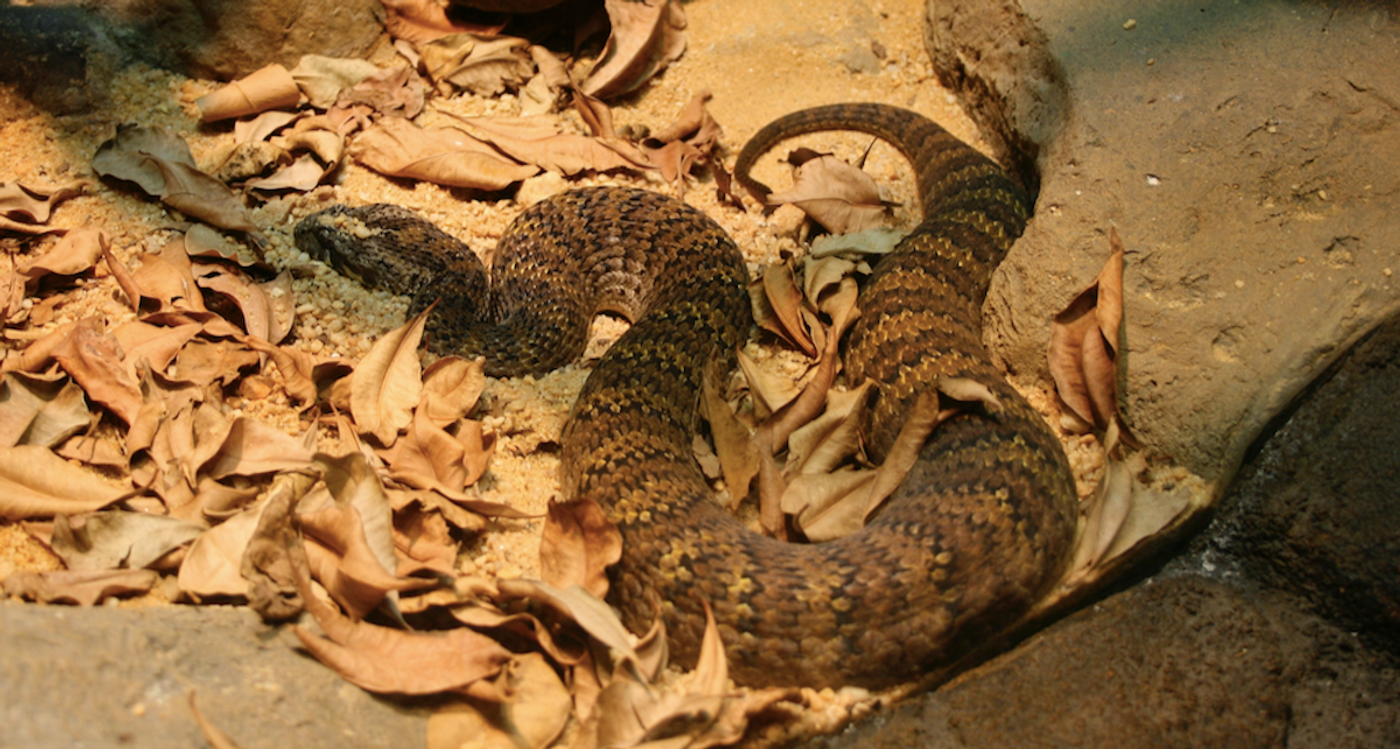After Mass Extinction, All Modern Snakes Evolved From Only a Few Survivors
Reporting in Nature Communications, scientists have suggested that every snake now on earth evolved from just a handful of creatures that managed to live through the catastrophic devastation unleashed by an asteroid impact at the end of the Cretaceous period, about 66 million years ago. This group of animals wasted no time in diversifying after dinosaurs and many other organisms were obliterated; there are now about 4,000 species of snakes.
In this study, the researchers used genetic tools and fossils to investigate the evolution of modern snakes. The work indicated that catastrophe seems to have been a driver of evolution. The scientists theorized that since snakes are able to easily seek shelter from a harsh environment underground, and withstand long periods of time without food, they were naturally better equipped to survive an extinction event like a major asteroid impact.
Once the asteroid hit and competitor species including dinosaurs were eliminated, it seems that snakes were easily able to move into new environments and locations. Their genomes began to diversify, and new species like boa constrictors and pythons, venomous cobras and vipers, and garter snakes emerged to hunt new prey and take up residence in new habitats.
"Our research suggests that extinction acted as a form of creative destruction; by wiping out old species, it allowed survivors to exploit the gaps in the ecosystem, experimenting with new lifestyles and habitats," said corresponding study author Dr. Nick Longrich of the Milner Centre for Evolution at the University of Bath.
Longrich added that evolution is often most experimental right after mass extinctions, and the timing of this innovation is common in nature. "The destruction of biodiversity makes room for new things to emerge and colonize new landmasses. Ultimately life becomes even more diverse than before."
Snake vertebrae fossils also changed shape around this time, as the old animals disappeared and new ones moved in. Snakes began to appear all over the world too. While the ancestor of living snakes is thought to have lived in the Southern Hemisphere, the study suggested that they also moved into Asia after the extinction event.
The study also revealed that there may have been another major diversification event in snakes when the Earth's climate changed from a hot and humid one to a colder one at the start of the Ice Ages. This seems to be a typical evolutionary pattern, in which major environmental disruption drives biological change.
Sources: University of Bath, Nature Communications









